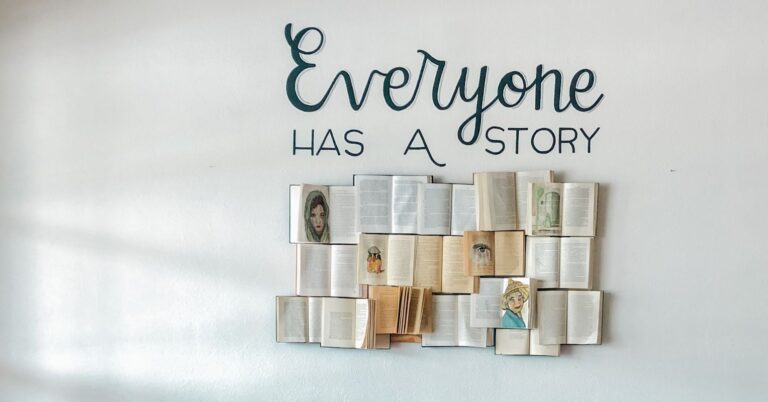
Source: Yan Krukau / Pexels
Are you reluctant to admit that you’ve arrived at midlife (or that midlife is just around the corner)? You may have accidentally bought into one of the many myths and misconceptions about midlife.
Here’s a roundup of seven very unhelpful beliefs, along with some words of reassurance.
Myth 1: That there’s anything even remotely resembling a predictable, one-size-fits-all midlife experience.
The Truth: No two people arrive at midlife at the same time or journey through midlife similarly. Midlife researchers tend to hedge their bets a little, pegging midlife as the years between 40 and 60, give or take a few. And increasingly, they’re concluding that chronological age isn’t necessarily the most helpful factor in deciding whether or not you’ve arrived at midlife, and that you’d be better off paying attention to the number and intensity of life transitions you’re experiencing, like having a kid leave home, experiencing the death of a parent, or grappling with a mid-career shake-up at work, instead of narrowly fixating on the number of candles on your birthday cake.
Myth 2: A midlife crisis is inevitable.
The Truth: Given how many articles have been written about this supposedly ubiquitous crisis, to say nothing of how many movies and novels it has inspired, you might be surprised to discover that experiencing a midlife crisis is the exception rather than the rule. As midlife researchers Margie E. Lachman and her colleagues noted in the psychological journal American Psychologist, only 10 percent to 20 percent of people experience anything remotely resembling a midlife crisis.
We need a cultural reframing. What if, instead of thinking about “midlife crisis,” we thought about “midlife check-in?” What if we reframed the sense of restlessness many experience in midlife as life-enhancing rather than life-upending? And what if we chose to treat the many turning points of midlife as opportunities for meaning-making—and to reflect on our lives at this point in our journeys?
Myth 3: You’re destined to feel devastated when your kids leave home, and you’re doomed to spend the rest of your life in an “empty nest.”
The Truth: You’ve undoubtedly heard a lot about the “empty nest,” the idea that parents are universally miserable when their offspring leave home. Research shows quite the opposite: Parents in general, and mothers in particular, report increased well-being and increased satisfaction with parenting once their kids are out on their own.
But that’s not the only reason the empty nest myth is problematic. It doesn’t apply to everyone in midlife or even every midlife adult who happens to be a parent. Not every midlife adult has children. While some midlife adults who are parents have children who are getting ready to leave home, others have very young children or children who require considerable support for many years.
Myth 4: Arriving at midlife means that you’ve long since reached your “best before” date, and it’s all downhill from here, physically and mentally.
The Truth: This brings to mind a point that midlife researchers like Lachman have made for years. Sure, midlife can be a time of loss. Still, it’s also a period of gains—and part of the challenge we face at midlife is figuring out how to use the “assets, strengths, and skills” that we’ve acquired to compensate for or counteract some of those losses or declines. It’s worth thinking about.
Myth 5: Midlife is about totally reinventing your life in far-reaching (and expensive) ways, and if you’re not doing that, you’re doing midlife wrong.
The Truth: While it may be up for debate just how much of that aspirational leisure lifestyle is real (and if it was ever attainable by previous generations of midlife adults), it’s pretty clear that those of us passing through midlife right now are finding ourselves on increasingly shaky ground financially. How bad has the situation gotten? Dire enough that midlife researchers are warning that economic pressures may contribute to a “historical worsening of mental and physical health” for the current generation of midlife adults.
And even if you have accumulated a lot of wealth—enough to fund all those reinvention plans—there’s no guarantee that money can buy you the time required to make it happen. I don’t know a lot of midlife adults who have endless time and money.
Myth 6: Your midlife experience will be similar to what your parents or grandparents experienced.
The Truth: This is not your parents’ or grandparents’ midlife experience. It’s a lot messier and precarious. The combined impact of growing financial pressures, a shrinking social safety net, and increased mental and physical health challenges make this a particularly challenging time to be a midlife person—particularly a midlife woman.
Myth 7: You should expect to be financially set for life and ready to indulge in luxury travel and endless “me time.”
The Truth: As Paul Irving noted in a 2015 article for Generations, while older adults of previous generations worried about running out of time, the prevalent worry for today’s generation of seniors is running out of money.
The Need for New and Better Midlife Stories
We need to start telling ourselves new and better stories about midlife, which I set out to do in my latest book, Navigating the Messy Middle: A Fiercely Honest and Wildly Encouraging Guide for Midlife Women. As I noted in the opening pages:
We need stories that reject all the life-limiting narratives that only serve to make life harder, and that actively conspire to rob us of joy. We need stories that embrace—rather than erase—the nuance and contradiction that is woven into the very fabric of this life stage. We need stories that allow us to find meaning in all that messiness.
Here’s to finding our way through that messiness together.

















+ There are no comments
Add yours